February 27th, 2008
admin
Source: Dailytech
The key to the technology is atom-thick nanotubes. The tubes are arranged vertically on the surface, widely-spaced and standing on end, like the bristles of a paint brush. The key is the spacing. By widely spacing the tubes, light is able to enter the material, but then ends up trapped within the collection of thin tubes.
Project leader and Rensselaer physics professor Shawn-Yu Lin explains, “The loosely packed forest of carbon nanotubes, which is full of nanoscale gaps and holes to collect and trap light, is what gives this material its unique properties. Such a nanotube array not only reflects light weakly, but also absorbs light strongly. These combined features make it an ideal candidate for one day realizing a super black object.”
To give an idea of exactly how black the result is, black paint reflects approximately 5 percent of the visible light that strikes it. The previous darkest material was a nickel-phosphorous compound, which only reflected 0.35 percent of visible light. The new nanotube compound blows away these previous competitors, reflecting a bare 0.045 percent of the visible light that hits it. This is almost nine times less than the previous record holder and over a hundred times less than black paint.

February 27th, 2008
admin
Source: Dailytech
New research promises sustainable filters, fuel, and a better understanding of fluid dynamics
Bioremediation, the study of using living organisms to remove pollutants or contaminants from the environment, is a hot new field of research. Nanotechnology, including carbon nanotubes, nanoparticles, and nanomembranes is another extremely hot field, which promises to one day provide revolutionary improvements to nearly every field of science. Combine the two fields and you get the University of Nottingham’s new research.
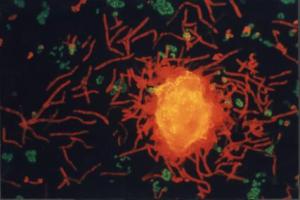
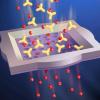
February 27th, 2008
admin
Source: Dailytech
A new JAXA satellite, which promises to bring rural subscribers’ connections up to speed, launched last Saturday from Japan’s Yoshinobu Launch Complex at the Tanegashima Space Center. The new satellite, named WINDS, promises “super high-speed Internet” throughout the world. It was developed as a joint project between Japan Aerospace Exploration Agency (JAXA) and Mitsubishi Heavy Industries.
The satellite promises residential internet subscribers the ability to use small dishes to connect to the Internet many times faster than speeds current DSL or cable connections. According to the Associated Press the satellite will provide data transmission at rates up to 1.2 Gbps. The service will initially focus on the Asia-Pacific region, covering such high-tech giants as Japan, South Korea, Taiwan, and likely China. However, if the service catches on, U.S. providers will be certain to want North American coverage as well.
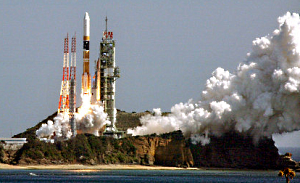
February 27th, 2008
admin
Source: Dailytech
MetaRAM technology to cut server and workstation memory costs by up to 90 percent
Fabless semiconductor company MetaRAM today launched a new memory technology, called DDR2 MetaSDRAM that promises to double or quadruple memory capacity while maintaining compatibility with existing DIMMs.
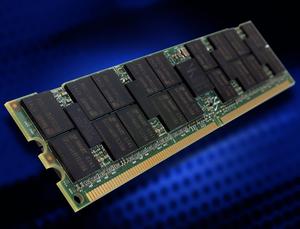
February 27th, 2008
admin
Source: Dailytech
A new memory card format on the horizon called CFast will use the newer, much faster serial ATA interface allowing it to hit a maximum speed of 375MB/sec. This faster data throughput will make for increased performance in burst shooting modes and faster read times when you put the CFast card into a card reader to transfer to the computer.

February 23rd, 2008
admin
Source: Dailytech
Researchers at the University of Tennessee and Oak Ridge National Laboratory led by Professor of physics Pengcheng Dai claim to know the cause of superconductivity. The team’s work, published at Boston College (PDF), details how special subatomic vibrations in crystal latices dubbed phonons bind the electrons together magnetically, and thus allow superconduction.
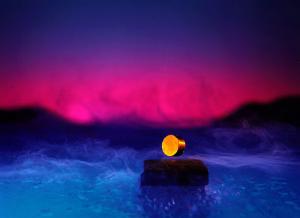
February 23rd, 2008
admin
Source: inventorspot
Researchers have designed a product that its inventors claim could easily produce between 15 and 20 times the total electricity the world uses today

February 23rd, 2008
admin
Source: http://techon.nikkeibp.co.jp/english/NEWS_EN/20080103/144887/
The 14.3-inch E-paper display, which is equivalent in size to an A4 sheet of paper, represents a significant improvement over its predecessors with a resolution of 1280 x 800 pixels, and the ability to display 16.7 million colors, making it suitable for use in high-end multimedia applications. These displays are extremely energy efficient, only using power when the image changes. Additionally, the displays are extremely thin, at less than 300 micrometers.

February 23rd, 2008
admin
Source: Dailytech
The new 832GB SSD is a part of BiTMICRO’s E-Disk Altima family and uses multi-level cell (MLC) NAND flash memory to increase storage densities. BiTMICRO claims that the drive will “deliver sustained rates of up to 100 MB per second and up to 20,000 I/O operations per second.”

February 23rd, 2008
admin
Source: Dailytech
Researchers develop ultrasound surgical instruments that require no cutting
Anyone that has undergone surgery will tell you that the smaller the incision the less pain and the faster the recovery time. The ideal solution would be the ability to treat surgically without needing to cut into a patient at all.
As farfetched as though sounds, it is not an uncommon process. For instance, doctors have been using ultrasound waves for years to break kidney stones into sand like material that can be passed out of the body without requiring surgical intervention.
A biomedical engineer named Charles Cain from the University of Michigan has developed a new technique using ultrasound waves called histotripsy. This technique uses focused ultrasound waves 100 times more powerful than the ultrasound waves used for medical imaging during pregnancy/

February 23rd, 2008
admin
Source: Dailytech
Boeing is working on a devastating new weapon which could strike fear into the eyes of all American enemies. The company is progressing at a rapid pace on its 12,000-pound airborne laser.
The Advanced Tactical Laser (ATL) was installed into a C-130H gunship and Boeing is on track to begin in-flight tests of the weapon next year. Ground targets will be neutralized via the ATL which is incorporated into a rotating turret on the C-130H’s belly.
The ATL is seen as a precise, high-power weapon that will result in less civilian causalities on the battlefield. Due to the nature of the laser being used, targets can be destroyed or disabled with extremely low levels of collateral damage. Boeing claims that the ATL is thus capable of being used on traditional battlefields or in more treacherous urban fighting.
February 23rd, 2008
admin
Source: Dailytech
Chinese scientists with the Guangzhou Marine Geological Survey have made a major discovery which may provide a major source of future fuel. When dig a core sample out of the ocean floor in the deep waters of the South China Sea. The scientists were astonished when they held a small flame to the sample and it ignited, burning with a yellowish-red flame.
The leaders of the expedition Shengxiong Yang and Nengyou Wu realized were all smiles when they returned to port an announced their discovery — a wealth of sea floor methane hydrate.

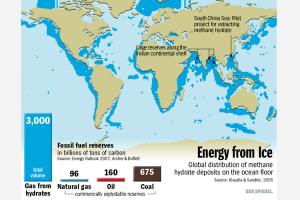
February 22nd, 2008
admin
Source: http://techon.nikkeibp.co.jp/english/NEWS_EN/20080220/147736/
“If I proposed such a design, our company would never approve it,” said one of the engineers.


















Recent Comments